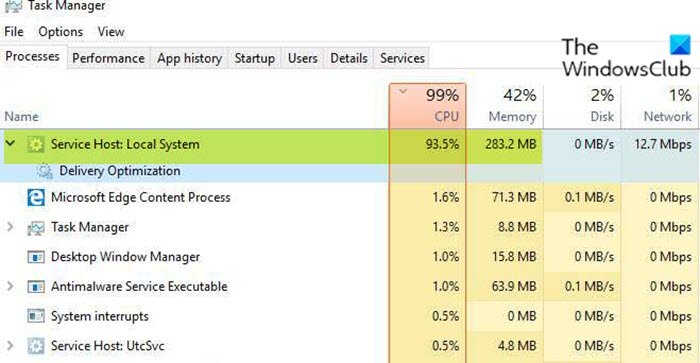

If you’re running Windows 8, read my post on booting to system recovery options. Read my post on restarting Windows in safe mode to get to the system repair options for Windows XP, Vista, 7, 8 and 10. In the case where you cannot mark a partition as active using Windows, you’ll have to us the command line.ĭepending on your version of Windows, getting to the command line can be a bit tricky. If you screwed something up in Windows and marked the wrong partition as active, you will no longer be able to boot your computer. You’ll see Disk Management in the left hand menu like shown above. Right-click on the primary partition that you want to mark as active and choose Mark Partition as Active.
WINDOWS 8.1 DISK MANAGER PC
Now click on Disk Management under Storage.Īnother option is to go to your desktop, right-click on Computer or This PC and choose Manage. You can also click Classic View and then choose Administrative Tools. Open Computer Management by going to the Control Panel, clicking on System and Maintenance, and then clicking Administrative Tools. At this point, the operating system will boot up and run. The boot sector, located at the beginning of the active partition, will run the boot loader, which knows the location of the operating system boot files. When the computer boots up, it will look for an active partition on the primary partitions first.

In addition to the above notes, there are additional things that have to be in place in order for the system to boot. You can go into the BIOS and change the order to detect hard disks. If you have several physical hard disks on your computer, you can mark a partition as active on each disk, but only the active partition on the first hard disk detected by your BIOS will start up the computer.Trying to do otherwise will cause all kinds of problems. You can only have one active partition per physical hard disk.

A logical drive or extended partition cannot be marked as active, only primary partitions can be changed to active.


 0 kommentar(er)
0 kommentar(er)
